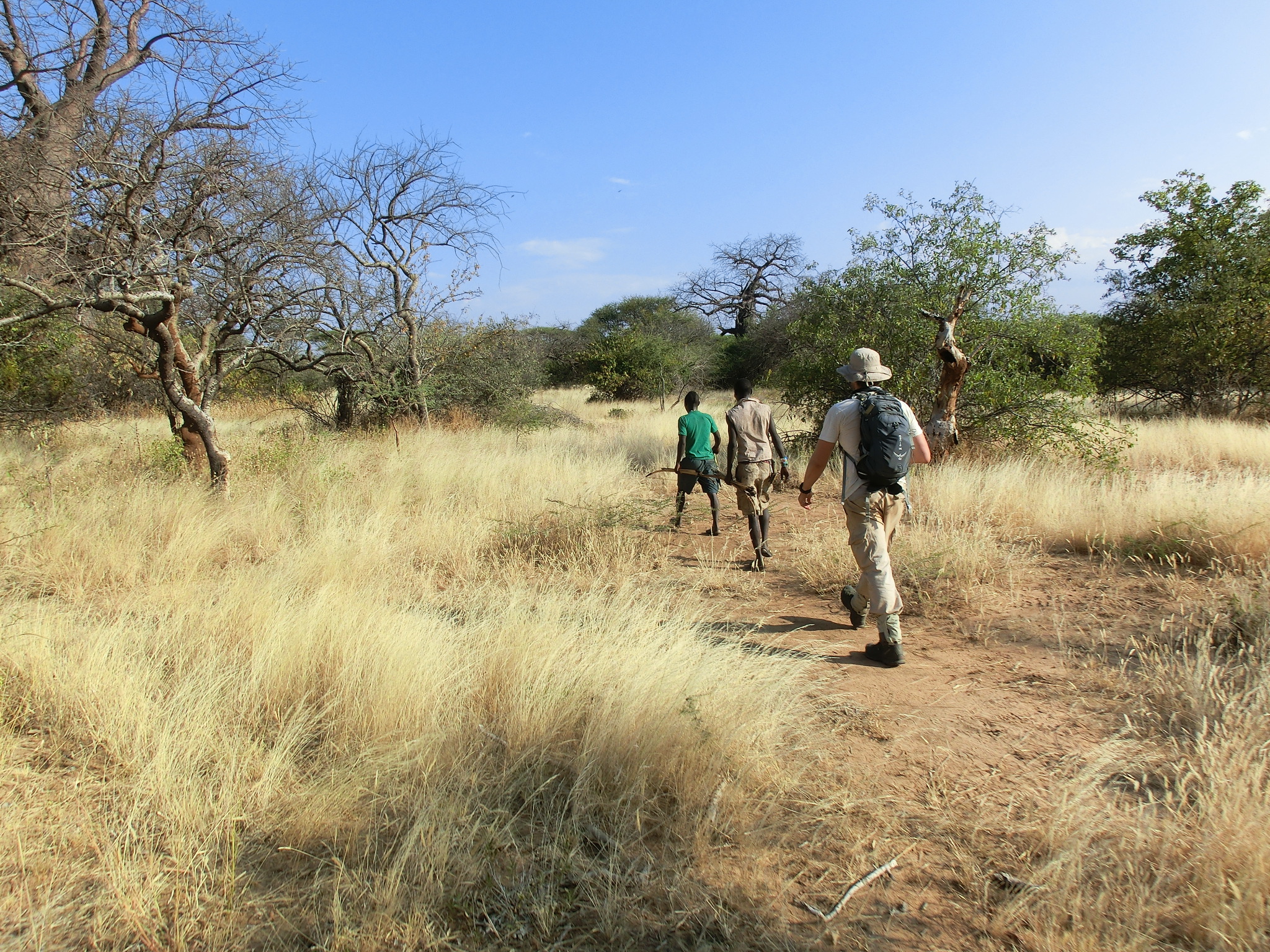The energetics of movement, from exercise to ecology
Herman Pontzer
Duke University, USA

The energy cost of legged locomotion (climbing, walking, and running) is well studied in laboratory settings. Muscle activation to resist gravity is the main determinant of energy cost. Work since the 1990’s has shown that longer limbs lower walking and running costs, resulting in the widely documented negative allometry of mass-specific cost of transport (energy per kg body mass to travel a given distance).
It is less clear whether and how selection acts on limb length or other aspects of anatomy to reduce locomotor cost. Here, I examine the ecology of locomotor cost to address two issues. First, I present a model of the selection pressures acting on locomotor cost across different ecologies. This model suggests that selection pressures to reduce locomotor cost are relatively small for most species, because the food energy returned per unit of energy spent on locomotion is relatively high. Second, I discuss measurements of total energy expenditure, also called field metabolic rate, and their relationship to daily locomotor activity. Surprisingly, in humans and other species, daily locomotor activity (e.g., meters traveled) does not predict variation in total energy expenditure; individuals and populations that are more active do not necessarily have greater daily expenditures. I discuss hypotheses for this disconnect and its implications for understanding selection pressures on locomotor anatomy and behavior.









You must be logged in to post a comment.